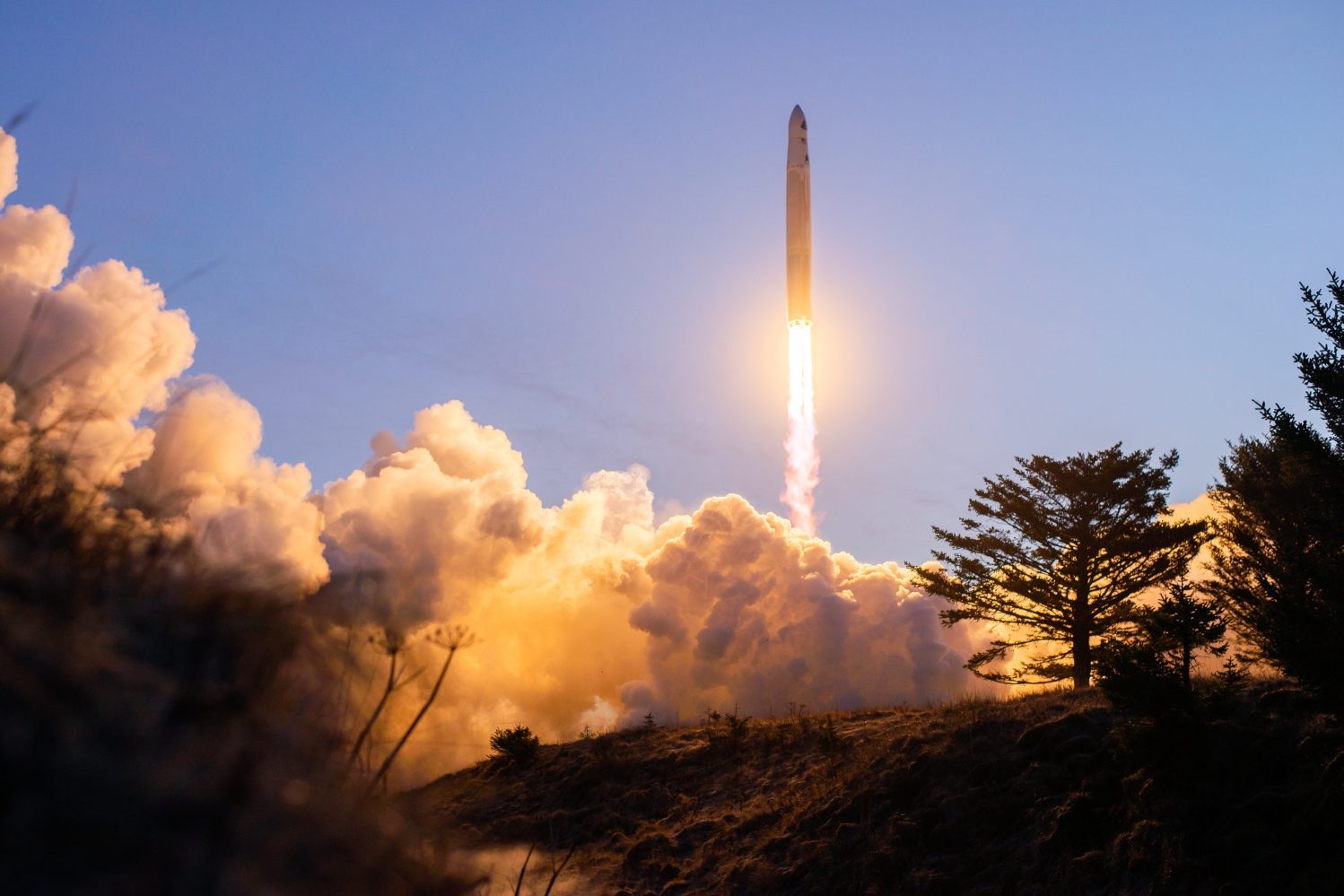
Astra shareholders voted to perform a reverse stock split in the company’s annual shareholder meeting. As the company’s stock remains below the NASDAQ limit, this quick fix could give Astra more time to get its Launch System 2 online.
Alongside approving new board members and stock options for the company’s founders and Chief Business Officer, the reverse stock split gives the board the power to enact if it seems required within the next year. The reverse stock split could be a 1-for-5 or 1-for-15 option, determined by the board.
What is a reverse stock split you ask? Well, it would be easier to explain a regular stock split first. Stock splits are a way for companies to increase the number of shares the company has. So a 5-for-1 stock split would multiply the number of stocks by five. However, it would divide the stock price by five to ensure its value stays the same.
A reverse stock split is the opposite, where the company reduces the stock amount and increases the price per share. Almost always, the goal of a reverse stock split is to increase the share price either because it thanks its too low to attract investors or, in Astra’s case, to meet regulatory compliance.
Astra fell below the $1 threshold for listing eligibility late in 2022 and has struggled to gain traction with investors to help raise that price. The company is currently in a rough time. While they have announced sales of its Astra Spacecraft Engine, the main business the stock markets care about, however, is its launch services.
Currently, Astra is working on developing its Launch System 2. A complete redesign from the Rocket 3 vehicle it was launching before, alongside mission control, quality assurance, and other aspects of the company.
Launch System 2 is planned to start launching this year, and Astra has about four more months left on its delisting extension to get the share price above $1. The approval of its reverse stock split is a safety net in case the company can’t do it organically. That move would also give Astra more time to get Launch System 2 online and operational, if it is delayed further.
Join our Discord Server: Join the community with forums and chatrooms about space!
The shareholder meeting was only a technicality
I mentioned before that this reverse stock split had to be approved by the shareholders, and unless there’s an emergency, these sorts of votes take place at the annual shareholder meeting. This is what Astra did, however, it didn’t really matter. The motion would have passed no matter what.
This is because of how Astra has its shares split between its founders and then the rest of the common shareholders. The publicly listed shares that anyone can buy are known as Class A stocks. These stocks allow the owner one vote on any motions brought before them. If you own 15 Class A shares, you have 15 votes.
However, there is a second type of share that is not publicly tradable, Class B stock. This stock is currently only held by Astra’s two founders, Chris Kemp and Dr. Adam London. These shares give the holder ten votes per share. So if your 15 Class A shares turned into Class B shares, you would now have 150 votes.
This is not unique to Astra and is a widespread practice, especially in the tech industry. Most notably, Facebook has this structure where it gives its founder and CEO, Mark Zuckerberg, de facto complete control over the company.
The total number of Class B stocks owned by shareholders (Kemp and London) comes to 55,539,188 shares. At the voting meeting, the number of Class A shares present was 136,797,415. That gave Class B owners 418,412,465 more votes. So it didn’t really matter if anyone made arguments for the reverse stock split. It was going to pass anyways.
Oh, and that stock split we talked about earlier, that is only for Class A stocks, not Class B.
FTC: We use income earning auto affiliate links. More.



Comments